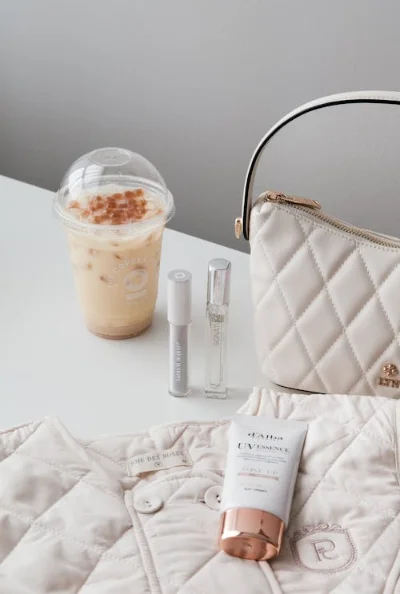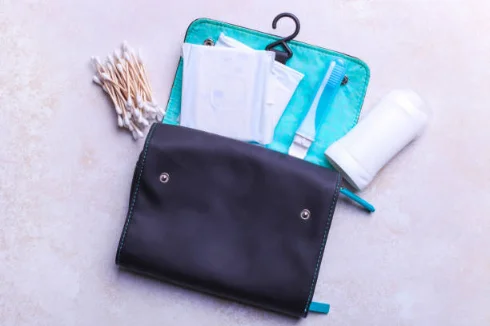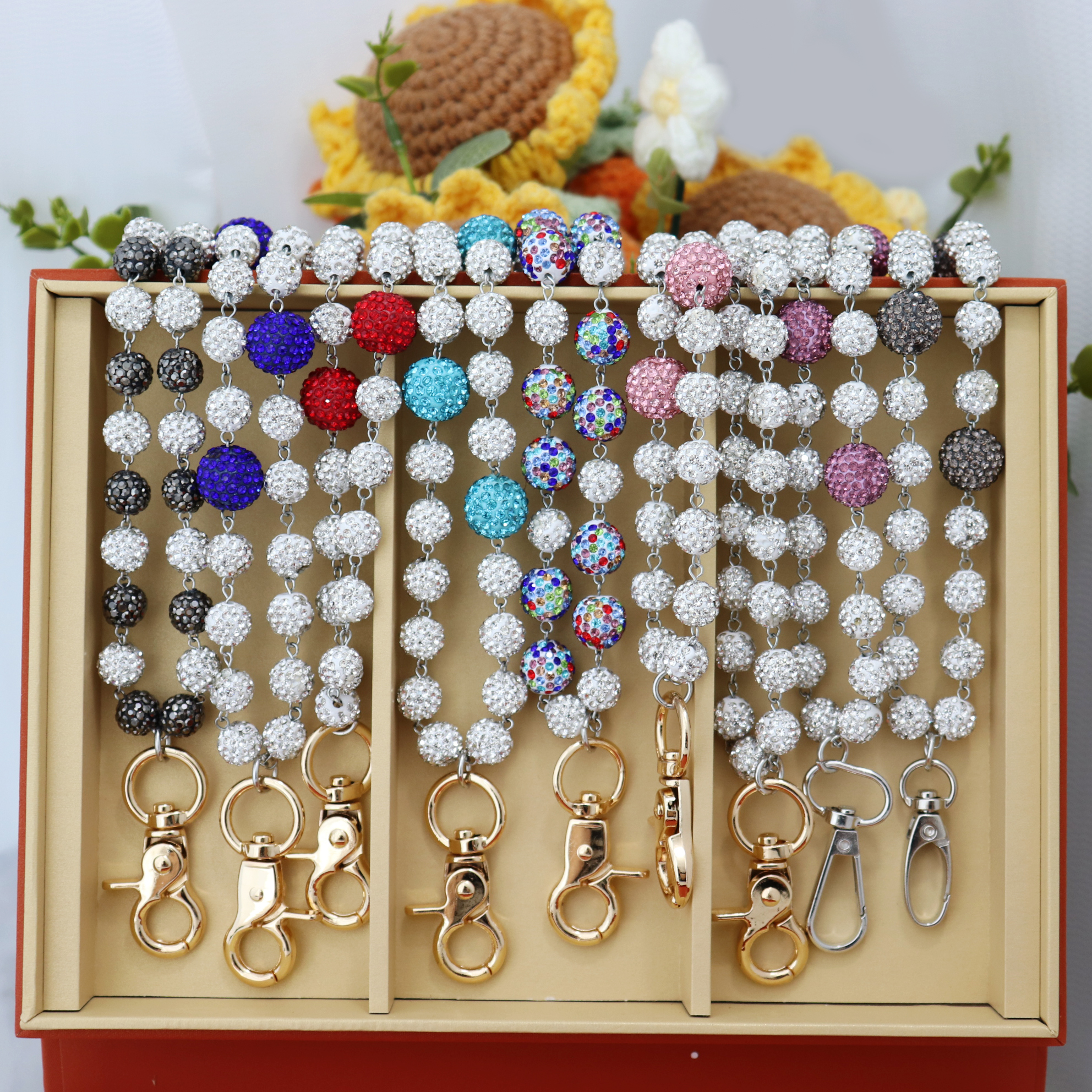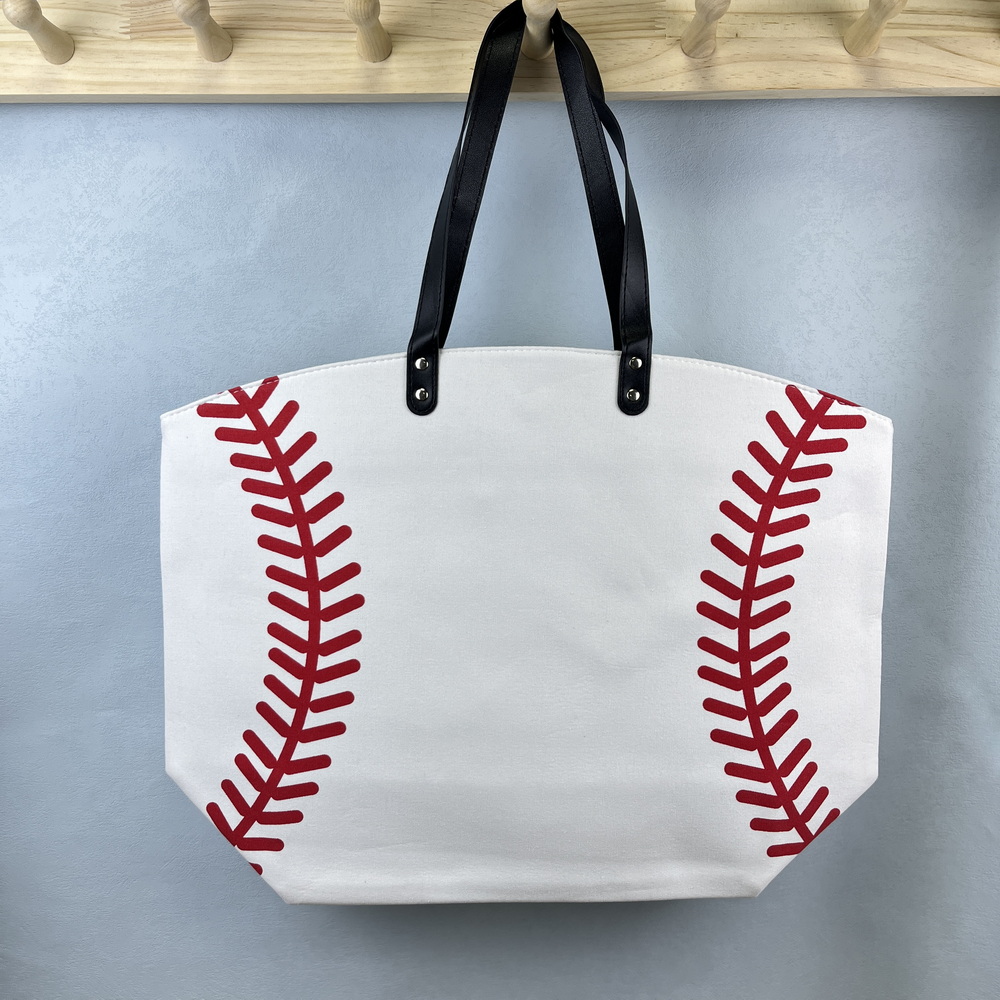Waterproof vs Water-Resistant Cosmetic Bags: Materials That Matter

If you sell beauty sets, prep influencer kits, or just need a smart travel pouch that won’t soak through in a hotel bathroom, you’ve met the confusing waterproof vs water-resistant cosmetic bag difference. On paper they look similar. In real life, they don’t. This guide boils down materials, construction, and simple tests so you can spec a bag that fits the job—and doesn’t come back with soggy returns.
What “Waterproof” and “Water-Resistant” Actually Mean
Lab terms vs real life
Water-resistant fabrics shrug off splashes and light rain. Waterproof-style builds aim to block water under longer exposure—shower mist, wet sand, even a slow leak inside the pouch.
Two realities drive performance:
-
Hydrostatic head (mm): lab pressure until fabric wets out. Higher = better barrier.
-
System build: shell + seams + zipper + lining. Great fabric with leaky seams still fails.
Think of it this way: water-resistant buys you time; waterproof buys you confidence.
Material Families You’ll See on Cosmetic Bags
PU (vegan leather) — polished, splash friendly
PU wipes clean and looks premium. Stitched seams and edge paint aren’t for long soaks, but it’s excellent for emboss/deboss, foil, and UV prints. Best for giftable, structured looks.
Nylon (210D / 300D / 420D) + PU coating — light and tough
Coated nylon handles daily moisture well, prints cleanly (screen/heat transfer/digital), and keeps weight down. A sweet spot for travel pouches.
Nylon + TPU lamination — near waterproof
Laminated nylon plus taped seams and a water-repellent zipper pushes you toward waterproof performance for cosmetic bags.
TPU/PVC clear films — transparent and weldable
Heat-welded seams eliminate needle holes. That’s how truly waterproof bags are built. Clear walls also showcase kits.
Polyester (Oxford, microfiber) — value play
With PU/PA coatings, polyester is cost-efficient and fine for day-to-day moisture.
Recycled variants (rPET, recycled nylon) — greener choices
Performance follows their parent materials; coatings still decide water behavior.
Construction Details That Make or Break Water Protection
Seams and edges
-
Stitched seams create holes; seam tape helps on laminated shells.
-
Heat-welded seams (TPU/PVC) avoid holes entirely.
-
Edge paint on PU looks great—spec thin coats with full dry time to reduce cracking.
Zippers and closures
-
Standard coil zips can seep.
-
Water-repellent zippers (PU-coated tape) plus a storm flap cut ingress dramatically.
-
Roll-top builds are rare here but very protective.
Linings and interfacings
-
Wipe-clean linings keep spills from wicking.
-
Avoid foams that drink water; choose interlinings that stay dry.
-
Taller gussets and slightly raised zippers reduce leak risk from tipped bottles.
Tests You Can Actually Use (No lab coat required)
-
Spray test: gentle shower for a set time; check inside.
-
Zipper trough test: slow pour across a closed zip; dab interior after a minute.
-
Hydrostatic head (fabric): supplier data for quick compares.
-
Seam seep check: paper-towel fill, splash outside, inspect towels.
-
Odor after drying: water can wake up VOC smells—sniff after air-dry.
Pair water checks with a cosmetic bag seam strength test (stitch type, SPI, pull direction, force/time). Dry seams still need strong seams.
Use-Case Mapping: When Waterproof Matters, and When It Doesn’t
You probably want “near waterproof” if:
-
Kits live in wet zones: beach, pool decks, dorm showers.
-
You ship during wet seasons.
-
Contents are leak-prone (thin serums, glass droppers).
Good picks: Laminated nylon with taped seams; welded TPU/PVC; water-repellent zipper + storm flap.
You’re fine with “water-resistant” if:
-
It’s a purse organizer or daily makeup pouch.
-
Exposure is brief—hand-washing splash, light rain.
-
Price and weight matter most.
Good picks: Coated nylon or polyester; PU shell with stitched seams and wipe-clean lining.

Choosing Materials the Practical Way
The best material for travel makeup bag in wet conditions depends on the trip. For hotel sinks and light rain, coated nylon balances weight, printability, and toughness. For beaches, boats, or dorm showers, laminated nylon with seam tape—or welded TPU—is the safer call.
Small buying tip: match zipper size to opening and load. #3 fits slim pouches; #5 suits longer runs or heavier kits—especially once fabrics swell a bit when damp.
Cost, MOQ, and Lead-Time Signals
Upgrading protection changes construction and unit economics:
| Spec Choice | What Changes | Typical Impact |
|---|---|---|
| TPU lamination | Material + cutting complexity | + cost, + MOQ |
| Seam taping | Extra station & training | + cost, + time |
| Welded seams | Specialized tooling | ++ cost, higher MOQ |
| Water-repellent zipper | Trim upgrade | + cost |
| Storm flap | Extra pattern pieces | + cost |
| Clear films | Ink limits + welding | + cost, proofs needed |
-
MOQ: near-waterproof builds often 500–1,000 units/colour; water-resistant can go lower.
-
Lead times: sampling 7–15 days after brief, PP 7–10, bulk 25–45 after materials arrive (season and print method can stretch this).
Quick Comparison Table
| Material | Protection | Seam Type | Zipper Option | Hand-Feel | Best For | |
|---|---|---|---|---|---|---|
| PU (coated) | Water-resistant | Stitched + edge paint | Coil | Emboss/Foil/UV | Structured | Gift sets |
| Nylon + PU coat | Water-resistant | Stitched | Coil / WR | Screen/HT/Digital | Light, tough | Daily travel |
| Nylon + TPU lam. | Near waterproof | Taped + stitched | Water-repellent | HT/Digital | Technical | Wet env. |
| TPU/PVC clear | Waterproof* (with welded seams) | Welded | Water-repellent | Screen (select) | Slick, clear | Shower kits |
| Polyester (coated) | Water-resistant | Stitched | Coil | Screen/HT | Value | Volume programs |
Sourcing Checklist (Pin this to your PO)
-
Target: splash-proof vs near waterproof (write it plainly).
-
Shell: fabric name, denier/GSM, coating/lamination.
-
Seams: stitched + tape or welded; edge-paint rules on PU.
-
Zipper: coil vs water-repellent; add storm flap if needed.
-
Lining: wipe-clean; non-wicking interlayers.
-
Tests: spray time, zipper trough, seam strength, odor after dry.
-
Packing: humid-season plan (silica gel, vented storage).
-
Timeline: sample → PP → bulk matched to launch.
Introduction to Chic
Yiwu Chic Trading Co., Ltd. focuses on design, customization, and export of cosmetic bags, handbags, and accessories. You can brief private-label pouches in PU, coated nylon, TPU clear film, and more, then pick logo methods that suit each shell. The team works to realistic MOQs, clean specs, tidy stitching, and cartons that travel well. Explore styles on Products, send specs via Customize, review support on Service, and use Contact Us to start sampling.
Conclusion
The waterproof vs water-resistant cosmetic bag difference is a build decision, not a slogan. Materials set the ceiling; seams, zippers, and linings decide what actually happens in a bathroom or at the beach. If moisture is common, step up to laminated nylon with taped seams or welded TPU. For day-to-day carry, coated nylon or PU with a wipe-clean lining delivers the look and practicality you need. Write it clearly in the brief, add simple water tests to the PO, and pick the best material for travel makeup bag in wet conditions based on where the bag will live.
FAQs
Q1: What’s the practical waterproof vs water-resistant cosmetic bag difference?
Water-resistant handles splashes and quick rain. Waterproof-style builds tolerate longer exposure—showers, wet decks, or a slow leak.
Q2: What’s the best material for travel makeup bag in wet conditions?
For light moisture, coated nylon. For beaches or dorm showers, nylon with TPU lamination plus taped seams—or welded TPU/PVC.
Q3: Can PU cosmetic bags be waterproof?
PU resists splashes and wipes clean, but stitched seams and edge-paint joints limit long exposure. Upgrading to water-repellent zips and better gussets helps; true waterproof needs laminates or welded films.
Q4: Do water-repellent zippers matter that much?
Yes. Standard coil zips leak through teeth and tape. Water-repellent zips plus a small storm flap reduce ingress in spray and sink tests.
Q5: Will MOQ change if you request welded seams or TPU lamination?
Usually. Laminates, taping, and welding require specific materials and tooling, so MOQ often rises to 500–1,000 units per color.








